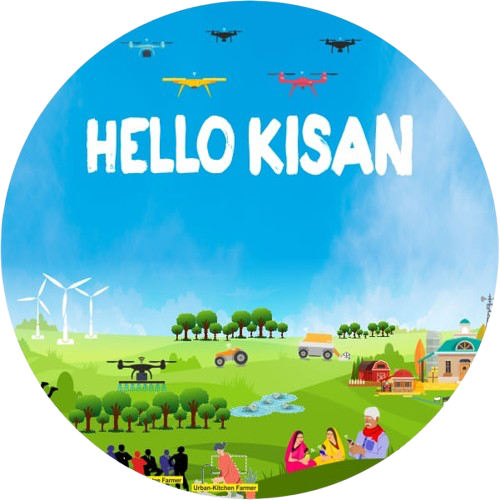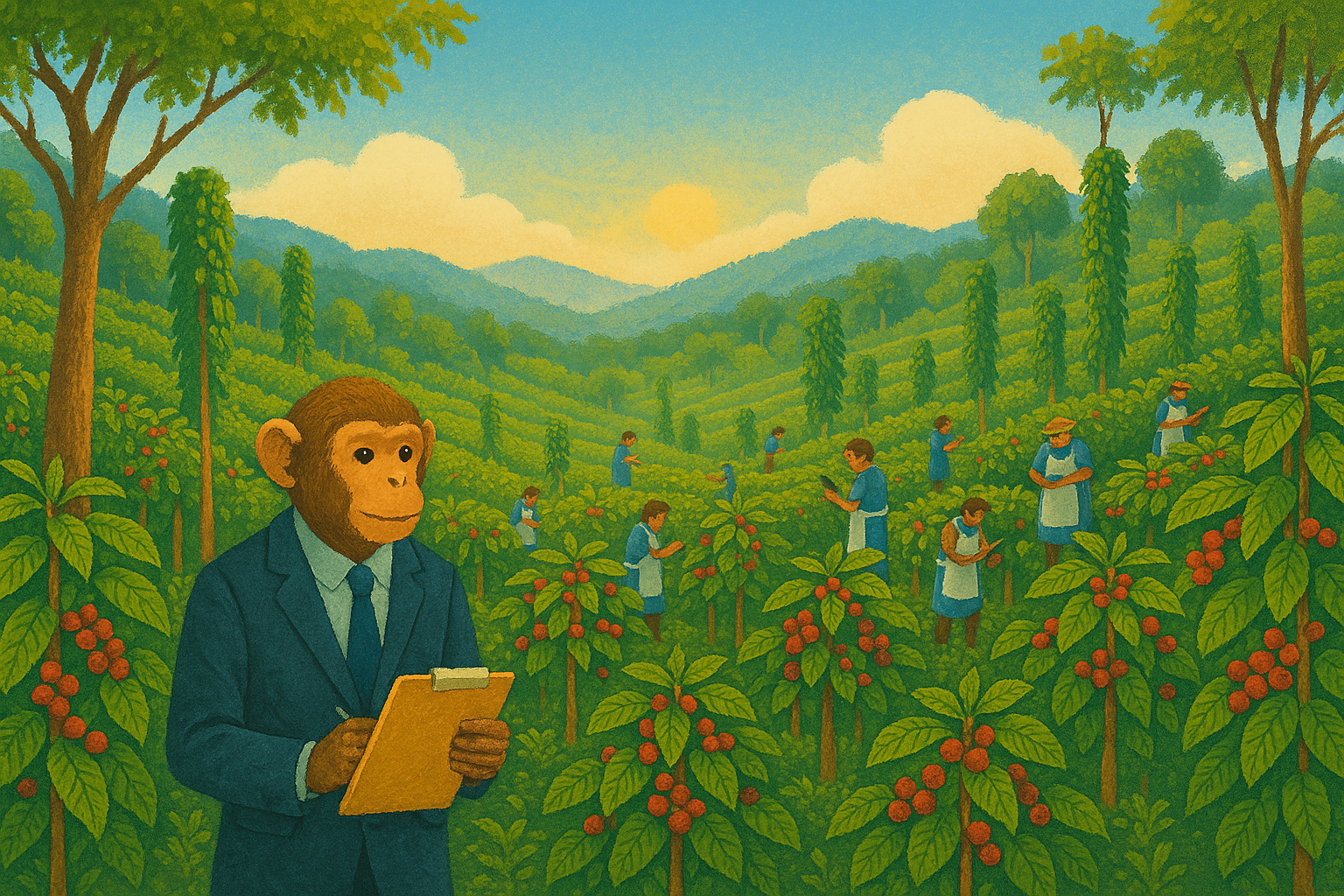
Flexibility, Innovation & Adaptability Gauge of Surviving as Farm Manager. Parameters For Evaluation 13/14

Farm Management Companies. Curiosity, pilots, and quick pivots decide which farms thrive in changing times.
Step 1 of 4
Review
Innovation & Adaptability
Your Answer:
Innovation & Adaptability
Your Answer:
Innovation & Adaptability
Your Answer:
Innovation & Adaptability
Your Answer:
Innovation & Adaptability
Your Answer:
Innovation & Adaptability
Your Answer:
Innovation & Adaptability
Your Answer:
